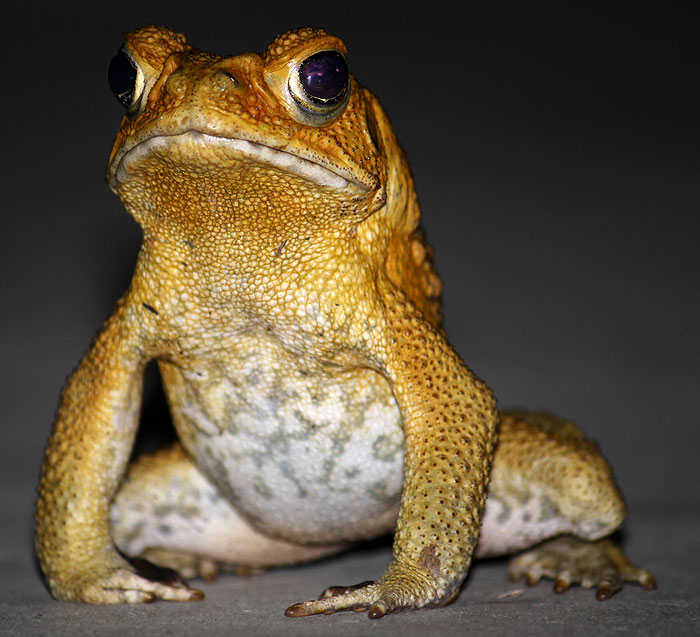Blue-winged V Laughing kookaburra
Ah, Friday!. Though, I suppose if you're in the Northern Hemisphere, (and the past - lol), it's still Thursday. If that's the case, don't worry - Friday's great. You're gonna love it.
Anyhoo, we went camping a while ago - not much to report really, it was camping.
You know?, an activity that costs a fortune to live like a homeless person for a few days.
My favourite bit, other than the camp fire - was the bird life. And there was a lot of it. Not least of all, the Blue-winged kookaburras.
The blue-winged is obviously closely related to the laughing kookaburra, and while both are complete bastards, the laughing kookaburra is larger and louder.
They share having blue colouration on their wings, however, the laughing has a prominent brown streak running through its eye.
As you can clearly see, the blue on the wings of the laughing kookaburra, doesn't hold a candle to that of its cousin. Now, 'they' would have you believe that the blue-winged is found all over the joint in Qld and further afield. But I don't remember ever seeing one at any of the places we've lived in here.
In saying that though, where we are currently, there are two families of laughing kookaburra's, and they can't stand the sight, (or sound), of each other.
I can't imagine some flashy blue-winged interloper would be very welcome.
With all the feeding of birds going on - I thought I'd add that we do NOT feed kookaburras. In fact, aside from Jo doling out the odd mealworm to the visiting skinks and frogs here and there, we don't feed any predatory animals. Here's why:
Predators are at, or near, the top of their respective food-chains and IMO their numbers need to be held in check naturally. If we were to feed the laughing kookaburras, I have no doubt that we would have a garden full of them, and bugger all else.
But hey, you do you, if you wanna feed kookaburras - who am I to stand in ya way?.
Right, well that's about it. I hope you endured this post, please remember not to comment or leave any feedback. It's appreciated, as I prefer my readers to be quietly judgmental, lol! - take care
Anyhoo, we went camping a while ago - not much to report really, it was camping.
You know?, an activity that costs a fortune to live like a homeless person for a few days.
My favourite bit, other than the camp fire - was the bird life. And there was a lot of it. Not least of all, the Blue-winged kookaburras.
 |
| Perched over the swag as the sun was setting |
 |
| Different bird, same attitude |
The blue-winged is obviously closely related to the laughing kookaburra, and while both are complete bastards, the laughing kookaburra is larger and louder.
They share having blue colouration on their wings, however, the laughing has a prominent brown streak running through its eye.
The blue-winged kookaburra is a co-operative breeder, a group being made up of a breeding pair and one or more helper birds to raise the young
 |
| Laughing kookaburra |
 |
| Some blue on the wings |
As you can clearly see, the blue on the wings of the laughing kookaburra, doesn't hold a candle to that of its cousin. Now, 'they' would have you believe that the blue-winged is found all over the joint in Qld and further afield. But I don't remember ever seeing one at any of the places we've lived in here.
In saying that though, where we are currently, there are two families of laughing kookaburra's, and they can't stand the sight, (or sound), of each other.
I can't imagine some flashy blue-winged interloper would be very welcome.
With all the feeding of birds going on - I thought I'd add that we do NOT feed kookaburras. In fact, aside from Jo doling out the odd mealworm to the visiting skinks and frogs here and there, we don't feed any predatory animals. Here's why:
Predators are at, or near, the top of their respective food-chains and IMO their numbers need to be held in check naturally. If we were to feed the laughing kookaburras, I have no doubt that we would have a garden full of them, and bugger all else.
But hey, you do you, if you wanna feed kookaburras - who am I to stand in ya way?.
Right, well that's about it. I hope you endured this post, please remember not to comment or leave any feedback. It's appreciated, as I prefer my readers to be quietly judgmental, lol! - take care
The blue-winged kookaburra hunts and eats a great variety of animals that live on or close to the ground. In the summer wet season, insects, lizards and frogs make up a higher proportion of their diet, while they eat arthropods such as crayfish, scorpions, and spiders, as well as fish, earthworms, small birds and rodents at other times. They have even been recorded waiting for and snatching insects flushed out by bushfires.





Comments
Post a Comment